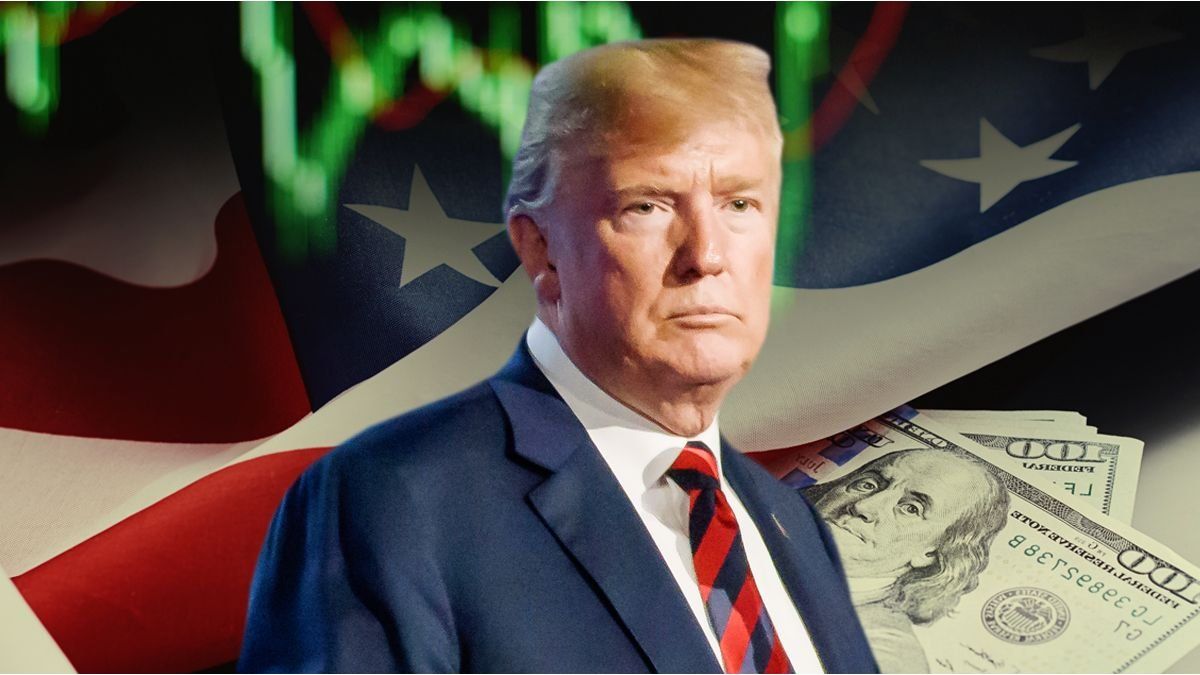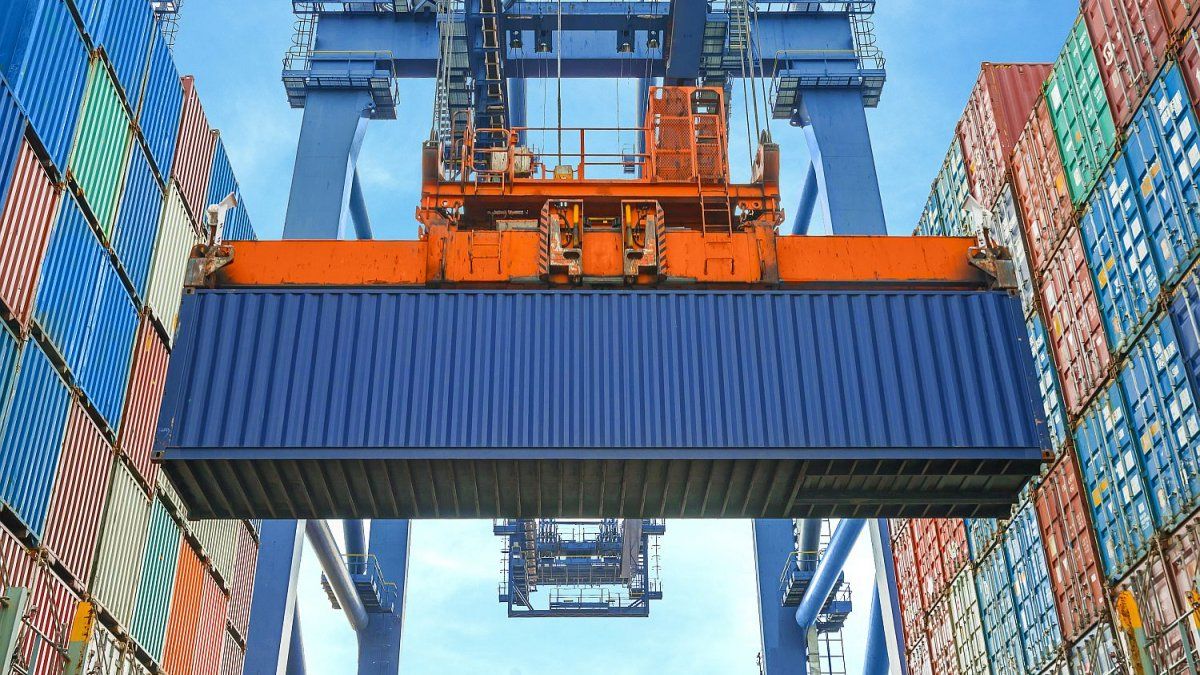President -elect Donald Trump proposed four major economic policy measures: Increase in tariffs, reduction or reversal of immigration, taxes of taxes and reduction of regulations (especially in energy and finance sectors). All these measures could affect the emerging markets.
Danger Inflation Station: One of the consequences of Trump’s policies
The expansive orientation of US fiscal policy and tariffs could rise inflation in the United States. Tax cuts without a reduction in spending drive total demand in the economy, which will normally increase prices (unless the offer also increases) and can also cause an increase in wages.
On the other hand, tariffs translate directly into an increase in US inflation, since increase the cost of imported goods. They could also reduce foreign competition, which would give national producers more margin to be able to increase their prices, thus aggravating inflationary pressures.
That all this translates into sustained inflation in time will depend on The Federal Reserve response to these price mismatches. A tendency for monetary hardening in the Federal Reserve could also lead to The central banks of some emerging markets to maintain higher interest rates in their respective countries.
These risks are more accused in the most vulnerable emerging markets, especially in those with high or persistent inflation and low external stability. Brazil, for example, has already been forced to raise the types in response to the weakness of the currency and market concern for its fiscal situation.
The dollar and emerging currencies
The dollar should be strengthenedat least initially, if The United States will choose to impose new tariffs and for a more expansive orientation of its fiscal policy. Tariffs will tend to reduce US demand for goods imported to the increase in costs, which will directly decrease the demand for the corresponding foreign currencies, which could weaken.
In the longest term, however, Tariffs can reduce growth prospects in the United States, which would tend to weaken the dollar.
Similarly, an expansive fiscal policy could increase the growth expectations of the US economy and attract capital flows to the country, which would boost the currency, but, in the long term, an increase in the debt-pib ratio in the United States in the United States I could provoke The opposite effect on the dollar.
Fundamental in emerging markets
Fiscal indicators are usually the weakest point of these markets, but The majority of the main emerging markets expanded the expiration profile of their debt and now issue more in local currency. In addition, many emerging markets have margin to cut interest rates and support growth if necessary. China, specifically, could announce New tax flexibility measures, which will contribute to counteract the increase in tariffs.
For their part, the corporate fundamentals of emerging markets are favorable, especially if we compare them with those of developed markets. Having managed to overcome the pandemic in a relatively effective way, Emerging markets, in general terms, are in a better situation than during most of the last decade. The high default rates recorded by emerging market companies in recent years were concentrated in specific areas, such as the Chinese real estate sector and the companies affected by the war between Russia and Ukraine.
Investment in an environment like the current
In emerging debt markets in local currency, The valuations are still quite attractive, since many central banks in the region rushed to raise interest rates when inflationary pressures began to increase by 2022-2023but they have been more prudent when cutting the types when these pressures have been decreasing.
This means that many countries have margin to cut interest rates and support growth in case it is necessary and provided that inflation is controlled.
In the sovereign debt markets called in foreign currency, The macroeconomic fundamental solids of emerging economies in a context of disparity of the valuations require a selection of more rigorous titles. Emerging markets with less external vulnerabilities and less internal imbalances offer greater resistance capacity and greater flexibility for authorities to deal with external risks, although differentials are usually adjusted in these economies of greater qualification.
Corporate Credit of Emerging Markets: The fundamentals of emerging market companies seem more favorablesince they adopted a more prudent approach regarding their financing. The geographical representation and risk structure of the emerging debt are very different from those of the sovereign debt, which offers us an element of diversification. In the business field, The shortest short -term investment debt proved to have a good resistance capacity in volatility periods and can contribute to defensive positioning.
Regional Perspectives: Latin America
Although Latin America is more linked to the US economic cycle than other regions, It can be less vulnerable to a context of increasing tariffs. With the exception of Mexico, the United States usually maintains bilateral commercial surpluses with the largest economies in the region, which are fundamentally exporters of raw materials and, therefore, a less obvious goal for tariffs.
MexicoHowever, it could be affected by the uncertainty about the review of the agreement between the United States, Mexico and Canada in 2026, especially with regard to direct foreign investment from China and the import content of the Mexico exports. However, the growth of the US economy could compensate for some of these effects.
Source: Ambito




